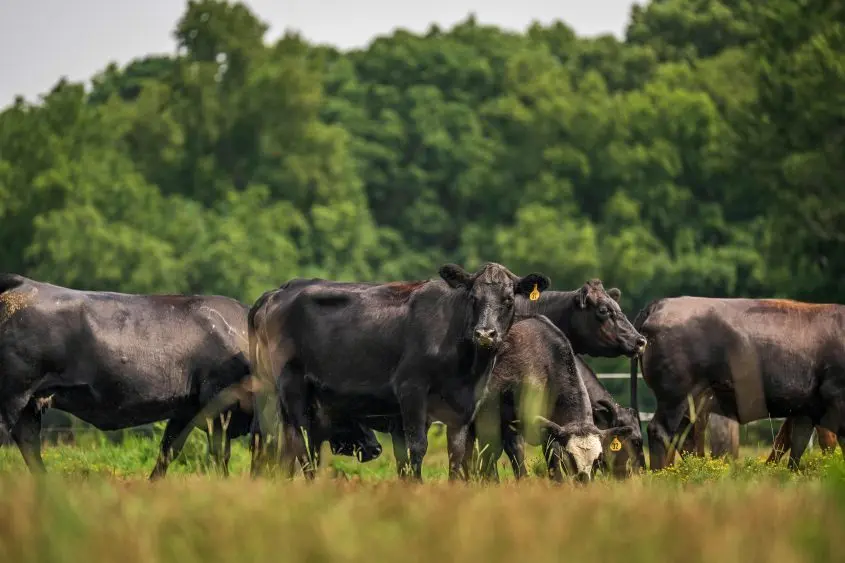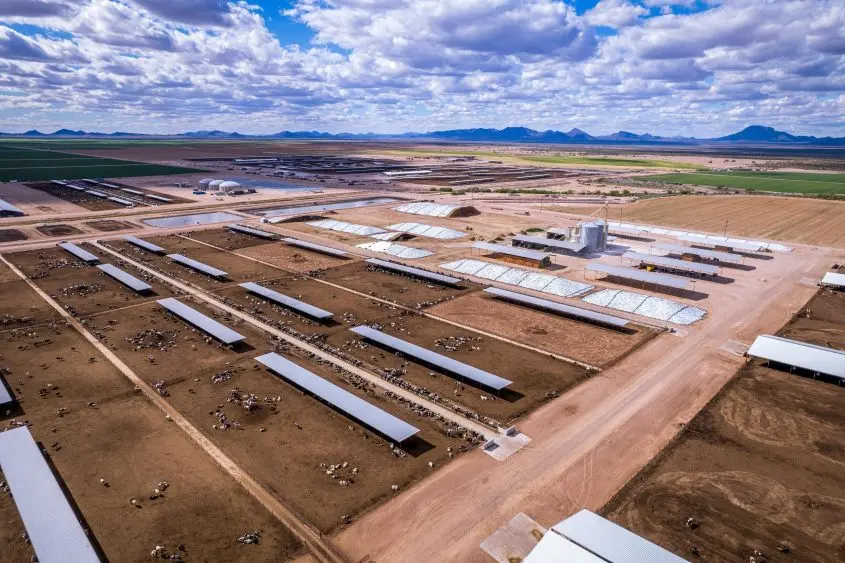MANHATTAN, Kan. – As the fall calving season wraps up, Kansas State University cow-calf specialist Jason Warner encourages cattle producers to consider tracking a few key numbers to help them make more informed management decisions for the year ahead.
“It’s a great time to come back and take a look at the metrics we are seeing with a given group of cows and females to help navigate decision making,” Warner said.
Warner outlined three primary metrics producers should consider when reviewing herd data this season: conception percentage, calving percentage, and weaning percentage.
Conception Percentage
Warner said the first step is determining conception rate, which begins with identifying how many females were exposed to breeding and how many became pregnant.
“The first thing is what is your conception percentage?” Warner said. “It is being able to identify what that group was exposed to (during) breeding and the number (that got) pregnant — what’s that percentage?”
Understanding conception rate provides an important foundation for reproductive efficiency and helps identify potential issues with nutrition, bull performance or environmental factors that may have affected breeding outcomes.
Calving Percentage
Next, producers should look at the number of calves born relative to the number of cows confirmed pregnant.
“We want to know how many cows calved, dead or alive,” Warner said. “We also want to know what degree of pregnancy loss we have. Typically, that’s about 2 -3%.”
Tracking calving percentage allows producers to monitor herd health and pregnancy loss, giving insight into calving management practices and environmental or disease-related challenges.
Weaning Percentage
Finally, Warner recommends calculating the weaning percentage — the number of calves weaned and shipped compared to the number originally born.
“The third measurement is calculating a weaning percentage number,” Warner said. “How many did we put on the trailer to ship in relation to how many we had born on the ground?”
This final number provides a complete picture of herd productivity, reflecting management success from breeding to marketing.
Warner said regularly reviewing these metrics not only highlights areas of strength, but also helps pinpoint where adjustments can improve overall herd efficiency and profitability.
“These are straightforward calculations that can tell us a lot about our management,” he said. “By taking time to measure and understand these numbers, we can make better decisions to improve herd performance next season.”
For more insights on this topic and others, check out the Agriculture Today radio show.





